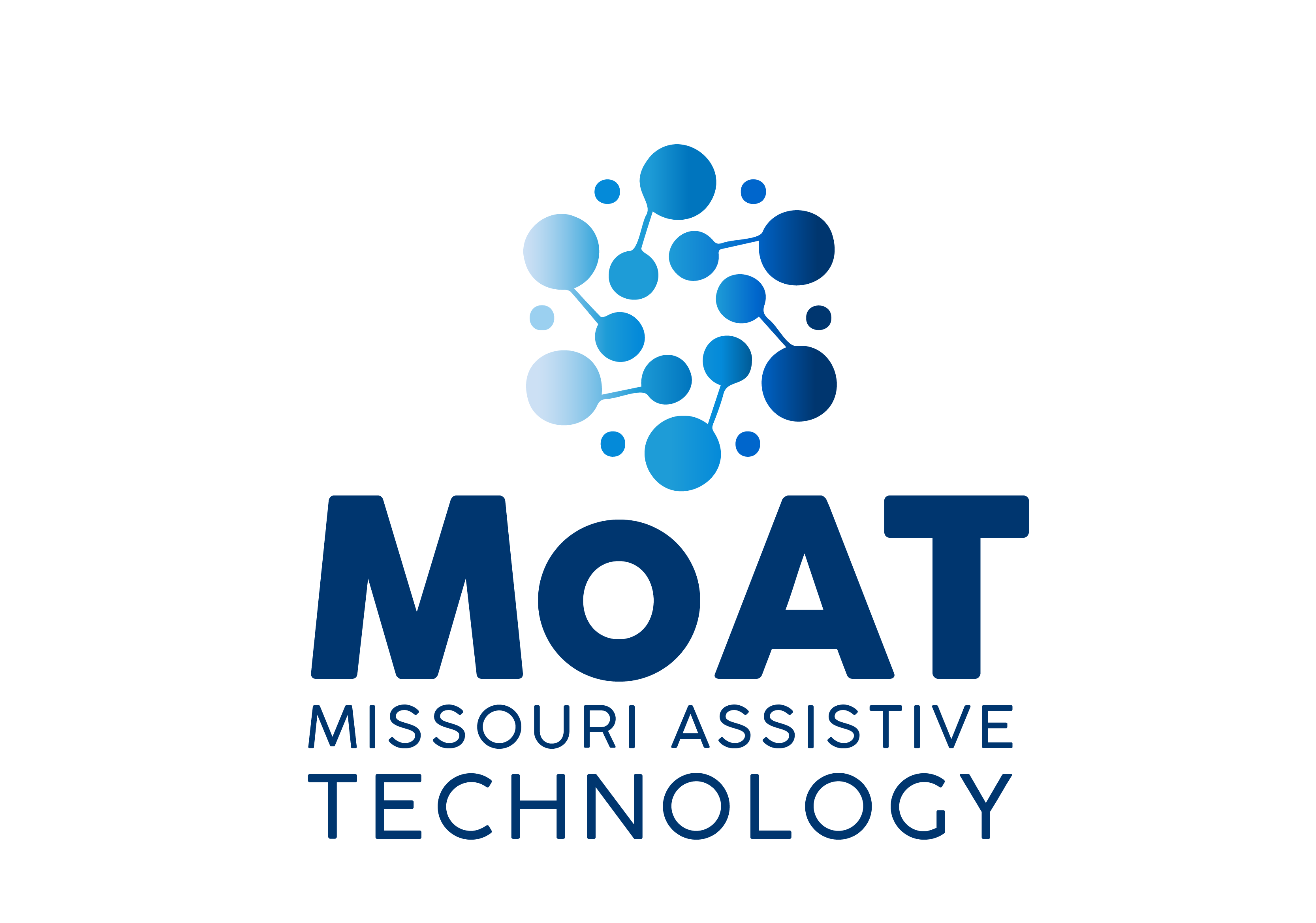The key to an easier accessible PDF: Create an accessible source document.
The “source document” is the software you used to convert the document to PDF. (LIke Microsoft Word or Adobe InDesign)
Steps for an Accessible PDF Document
- Review the various source document accessibility checklists to make your source documents accessible.
- When converting to PDF, do not use the FIle – Print feature of the document software.
- Review the PDF testing checklist and run it through either Adobe Acrobat Professional Accessibility Checker or the free PDF Accessibility Checker (PAC) 2024 checker. If you can answer “complies” to each checklist item, it’s accessible.
Frequently Asked Questions Related to Document Accessibility and Testing
Adobe Acrobat Professional: Web Content Accessibility Guidelines (WCAG) 2.0
PAC 2024: WCAG 2.1
See data table below
No, the relevant document guidelines that were added in WCAG versions 2.1 and 2.2 are manual checks. The automated tools can’t check for them anyway.
No, see the data below for a list of 19 guidelines which apply to documents.
No, however, use at least one of these tools.
No, the state does not require compliance with PDF/UA. The state complies with a specific set of WCAG guidelines for documents. See below.
No two automated accessibility checkers bring back the exact same amount of errors. Automated web page accessibility checkers are like this as well. To determine PDF accessibility:
- Review the PDF accessibility checklist. If you can answer “complies” to each checklist item and
- If your document is indexed within Siteimprove and shows no errors on the PDF accessibilty report, it’s accessible.
WCAG That Specifically Applies to PDF Documents
What WCAG Guidelines Apply to Documents/PDF? | Which Guidelines Can be Automatically Tested in Adobe Acrobat Professional? | Which Guidelines Can Be Automatically Tested in PAC 2024? |
WCAG 1.1.1 (Non-text Content) | Can test WCAG 1.1.1 (Checks that it is present, but not for accuracy) | Can test WCAG 1.1.1 (Checks that it is present, but not for accuracy) |
WCAG 1.3.1 (Info & Relationships) | Can test WCAG 1.3.1 | Can test WCAG 1.3.1 |
WCAG 1.3.2 (Meaningful Sequence) | Can test WCAG 1.3.2 | Can test WCAG 1.3.2 |
WCAG 1.4.1 (Use of Color) | (Visual test) | (Visual test) |
WCAG 1.4.3 (Contrast-Minimum) | Can test WCAG 1.4.3 | Can test WCAG 1.4.3 |
WCAG 1.4.5 (Images of Text) | (Visual test) | (Visual test) |
WCAG 1.4.11 (Non-Text Contrast) | (Manual test with color contrast checker) | (Manual test with color contrast checker) |
WCAG 2.4.1 (Bypass Blocks) | Can test WCAG 2.4.1 (Bookmark failure if document is more than 20 pages) | (Manual test of checking document length) |
WCAG 2.4.2 (Page Titled) | Can test WCAG 2.4.2 | Can test WCAG 2.4.2 |
WCAG 2.4.3 (Focus Order) | (Manual test of checking order in tag tree) | Can test WCAG 2.4.3 |
WCAG 2.4.4 (Link Purpose - In Context) | (Visual test) | (Visual test) |
WCAG 2.4.5 (Multiple Ways) | Can test WCAG 2.4.5 (Bookmark failure if document is more than 20 pages) | (Visual test of checking document length) |
WCAG 2.4.6 (Headings & Labels) | (Visual test) | (Visual test) |
WCAG 3.1.1 (Language of Page) | Can test WCAG 3.1.1 | Can test WCAG 3.1.1 |
WCAG 3.1.2 (Language of Parts) | Can test WCAG 3.1.2 | Can test WCAG 3.1.2 |
WCAG 3.2.2 (On Input) | (Manual test - PDF form) | (Manual test - PDF form) |
WCAG 3.3.1 (Error Identification) | (Manual test - PDF form) | (Manual test - PDF form) |
WCAG 3.3.3 (Error Suggestion) | (Manual test - PDF form) | (Manual test - PDF form) |
WCAG 4.1.2 (Name, Role, Value) | (Manual test) | (Manual test) |
Need the ability to do more advanced PDF accessibility remediation for complex PDF documents?
A few examples include:
TRAINING: Visit the LinkedIn Learning “Advanced Accessible PDF” Course or Missouri Assistive Technology’s YouTube Videos, “PDFs Simply Made” and “Advanced PDF Accessibility”.

